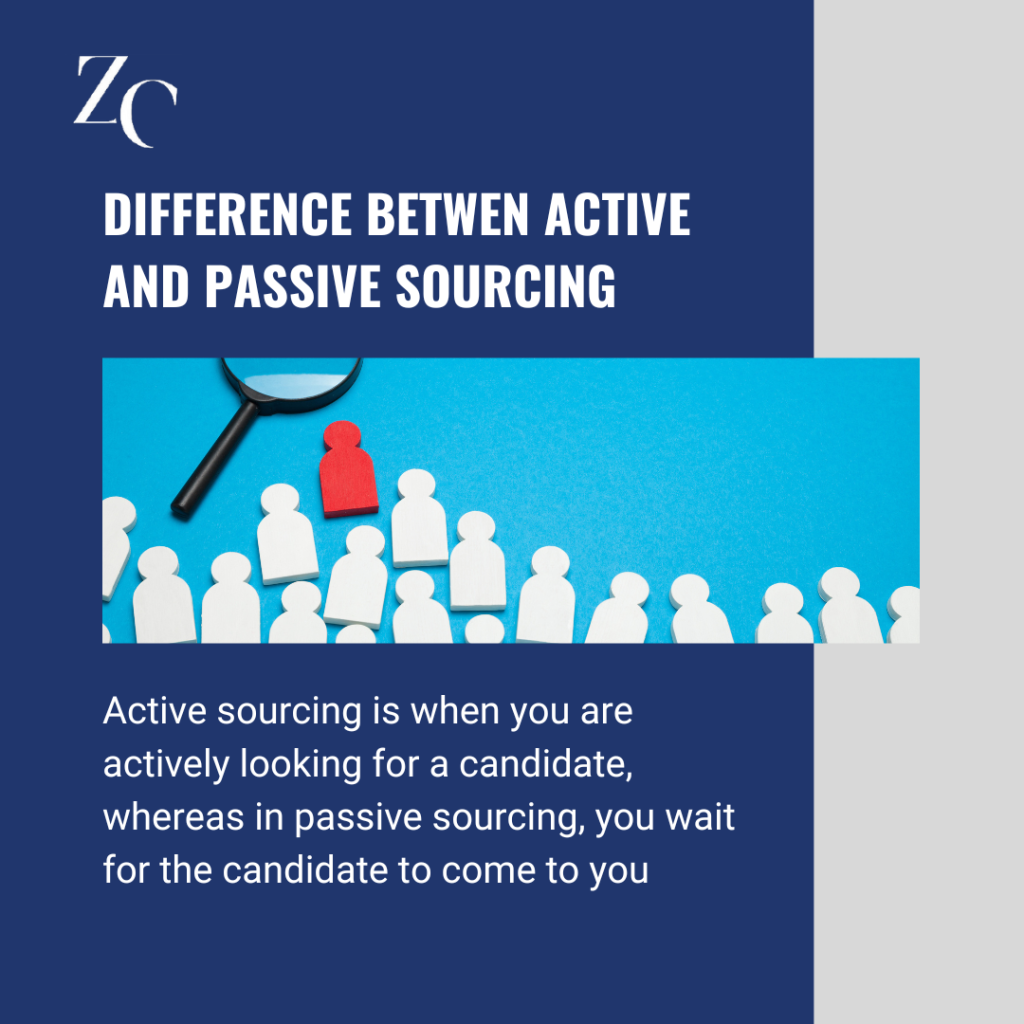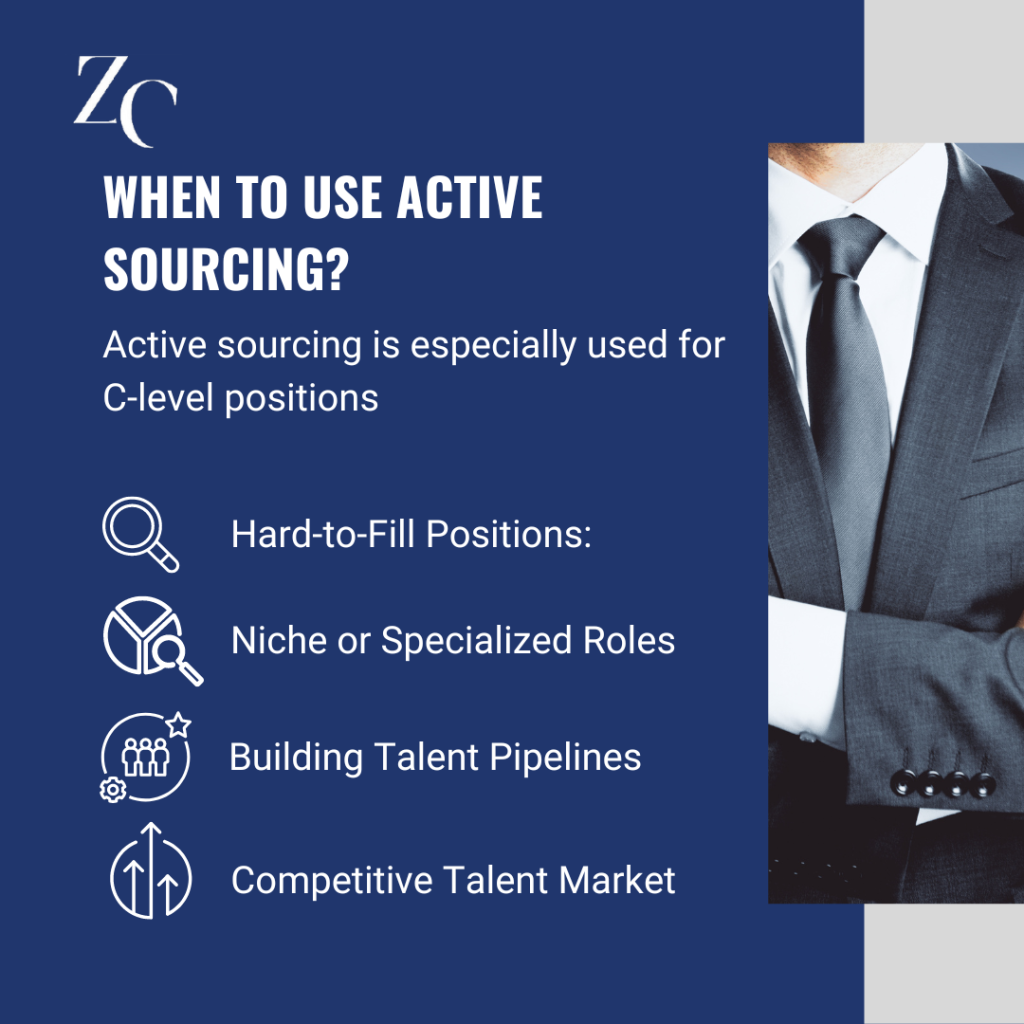In today’s ever-evolving business landscape, discovering and securing top-tier talent remains paramount for organizations that aspire to stay ahead of the competition. In this article, we delve into the intricate world of talent acquisition, exploring the merits and strategic implementation of two powerful methods of talent acquisition, known as active and passive talent acquisition.


Active Talent Acquisition: The Proactive Pursuit:
Active talent acquisition involves the proactive pursuit of exceptional executive candidates possessing the ideal blend of skills, experience, and qualities required by a specific role. Beyond conventional channels like job postings and inbound applications, active talent acquisition demands a targeted, hands-on approach.
Excelling in active talent acquisition necessitates meticulous and personalized strategies. Leaning on their extensive networks, industry acumen, and market insights, search firms pinpoint potential candidates who may not be actively seeking new opportunities. Through direct outreach, these firms initiate meaningful conversations, highlighting their clients’ value propositions and captivating top talent, encouraging them to explore prospective career paths.
Active talent acquisition presents several advantages. It opens doors to a broader talent pool, including passive candidates with exceptional skills and experience poised to drive organizational growth. By taking the lead, companies position themselves as industry trailblazers, captivating talent ahead of their competitors.
Benefits and when to use active acquisition
Active acquisition is especially used for C-level positions. Here are some scenarios where active acquisition is commonly utilized:
Hard-to-Fill Positions: Active acquisition is often employed when there is a scarcity of qualified candidates for a particular role. Instead of waiting for applicants to come forward, recruiters actively search for and engage with potential candidates who possess the desired skills and experience.
Niche or Specialized Roles: Active acquisition is particularly useful when recruiting for niche or specialized positions that require specific expertise or industry knowledge. These roles may not attract a large pool of applicants through traditional job postings, necessitating a proactive approach to identifying and engaging with suitable candidates.
Building Talent Pipelines: Active sourcing is used to create a pool of potential candidates for future positions. By actively contacting people who fit the organization’s needs and values, recruiters can develop relationships and maintain contact for future opportunities, reducing time to hire and ensuring a steady pool of qualified candidates, even before the position actually opens.
Passive Candidate Engagement: Active acquisition allows recruiters to engage with passive candidates who may not be actively seeking new job opportunities but could be interested in exploring compelling opportunities.
Competitive Talent Market: In highly competitive job markets where top talent is in high demand, active acquisition helps organizations gain a competitive edge. By proactively identifying and engaging with desirable candidates, companies can secure talent before their competitors and avoid missing out on top candidates.


Passive Talent Acquisition: Cultivating an Irresistible Aura:
Passive talent acquisition revolves around crafting an alluring environment that magnetizes high-performing executives. Organizations invest in fostering a strong employer brand, nurturing a stellar reputation, and cultivating an engaging workplace culture. This approach underscores the enduring value of creating an irresistible allure to exceptional talent.
Search firms specializing in passive talent acquisition acknowledge that top-tier executives are often content in their current roles. Consequently, they employ strategic methods to capture the attention of these latent candidates. This includes showcasing unique selling propositions, offering growth opportunities, and harnessing referrals to foster connections.
Passive talent acquisition helps to develop a robust talent pipeline, allowing companies to cultivate relationships with potential candidates for future openings. It provides a competitive edge by cultivating a potent employer brand that consistently magnetizes top talent, even in the absence of active searching.
The Synergy of Active and Passive Talent Acquisition:
True power lies in artfully harmonizing active and passive talent acquisition strategies to optimize talent acquisition outcomes. By integrating both approaches, organizations have access to the widest talent poll possible. Identifying exceptional candidates actively seeking or passively exploring opportunities and nurturing a robust talent pipeline.
By strategically combining these approaches, organizations unleash a realm of untapped talent possibilities. Executive Search firms serve as indispensable guides, adeptly navigating the intricacies of talent acquisition, employing their expertise to identify, attract, and connect exceptional executives with organizations poised for exponential growth.
As companies aspire to surpass their rivals, harnessing the full potential of active and passive talent acquisition becomes a game changer. By investing in robust talent acquisition strategies and partnering with the right executive search firm, organizations gain the leadership talent essential to succeed in an ever-evolving marketplace.







